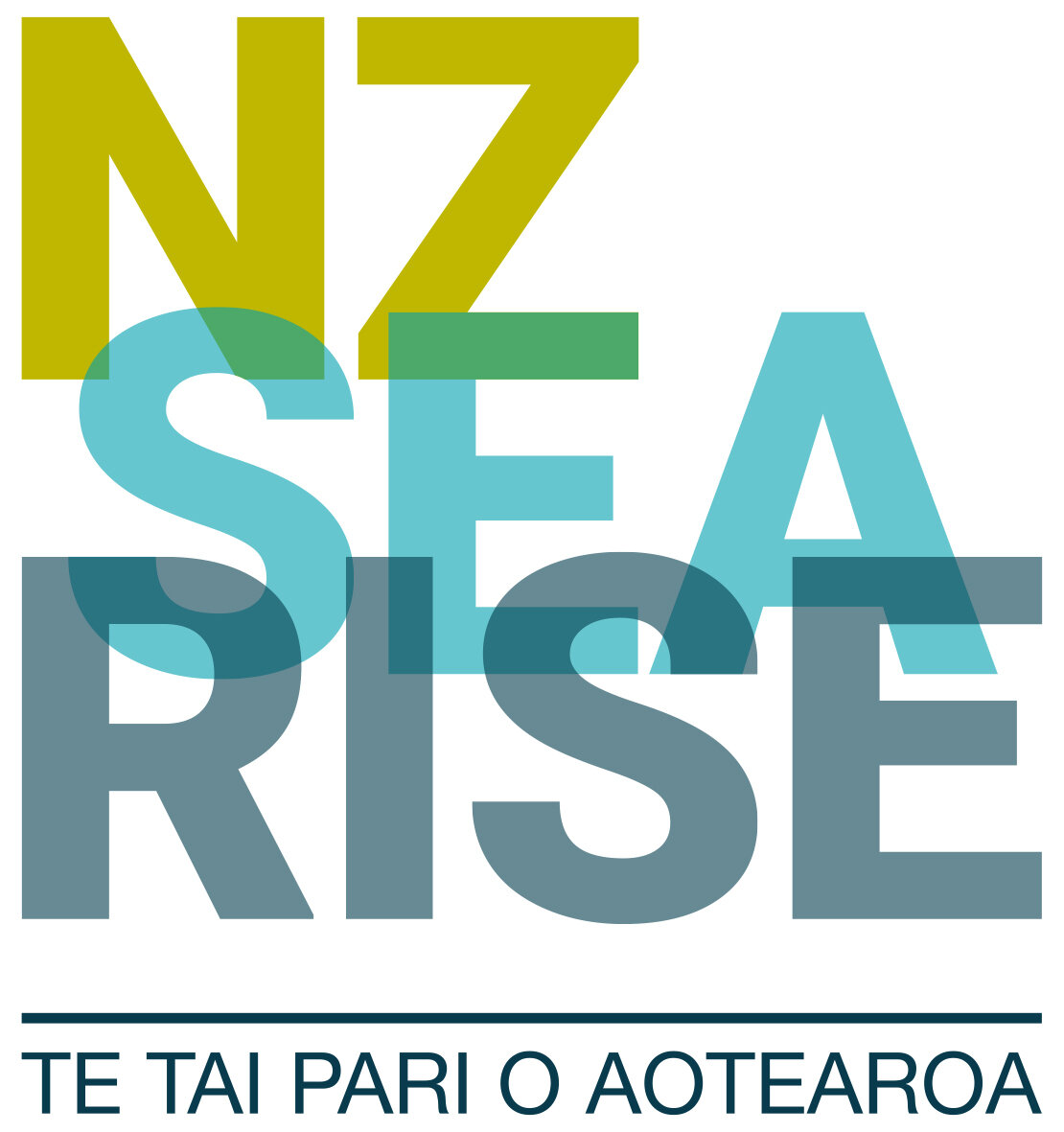We have developed a series of short video explainers about NZ SeaRise research.
8mm a year of sea-level rise doesn’t sound like very much. Why do small amounts of sea level rise matter?
Work from GNS Science, Te Herenga Waka-Victoria University of Wellington, NIWA and the Antarctic Science Platform shows how movement of the land and climate change combine to affect sea-level rise every 2km along our coastline. But why is this work vital?
Based on current international emissions reduction policies, global sea levels are expected to rise about 0.6m by 2100. But in lots of Aotearoa this will double to about 1.2m due to ongoing land subsidence. Why do small amounts of sea level rise matter?
Along much of NZ’s coast vertical land movements mean sea-level rise may happen 20 to 30 years sooner than previously expected. But what is vertical land movement?
For many NZ regions, sea-level rise will be up to 2x faster in coming decades compared with previous projections that didn’t take into account local vertical land movement. We look at the lower North Island.
The combination of sea-level rise and vertical land movement is important in planning Aotearoa’s future. But how is that land movement estimated scientifically?
How can we assess the impact and risk of sea-level at the local level? We use vertical land movement as well as the science of global warming. But why does vertical land movement matter?

